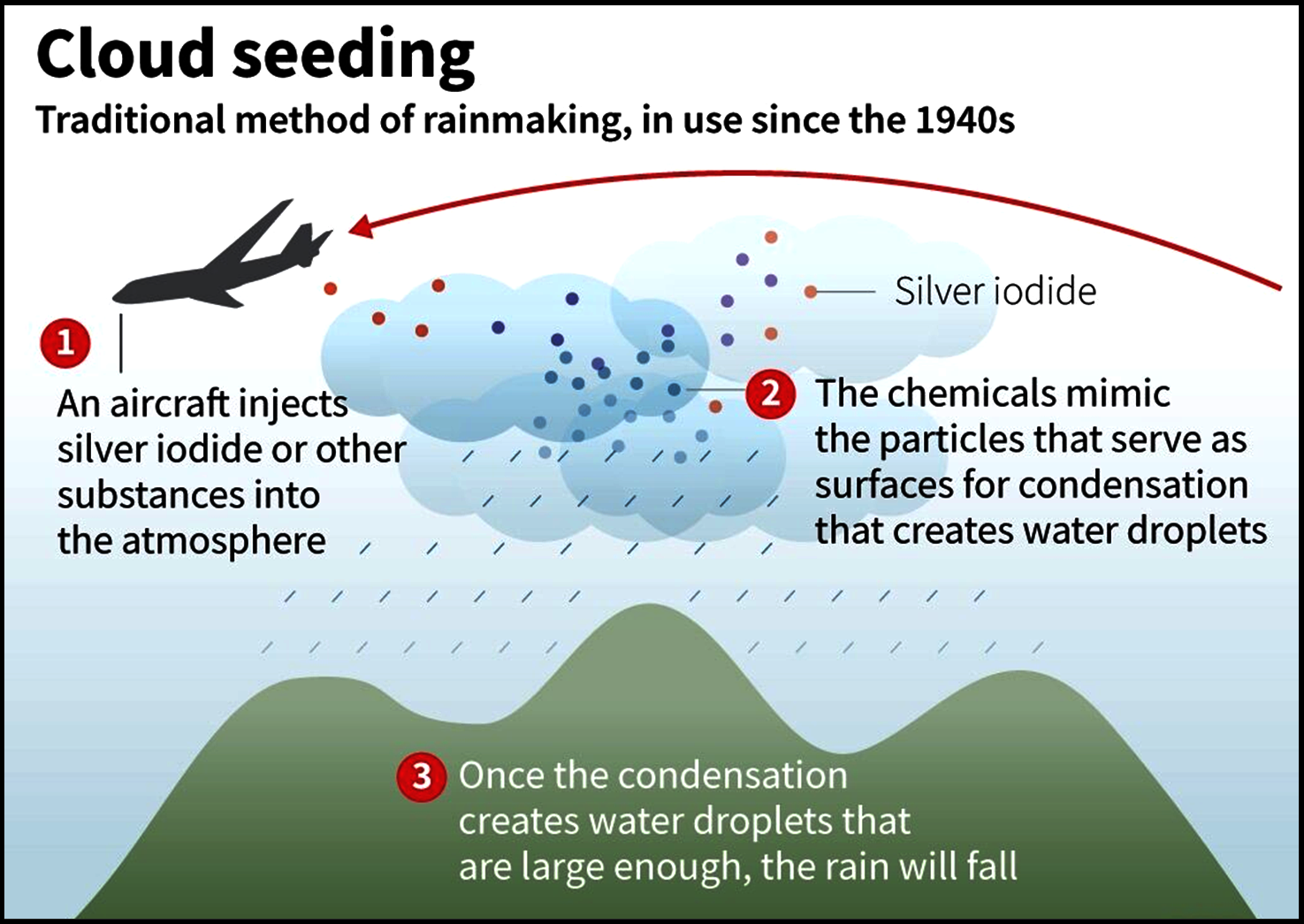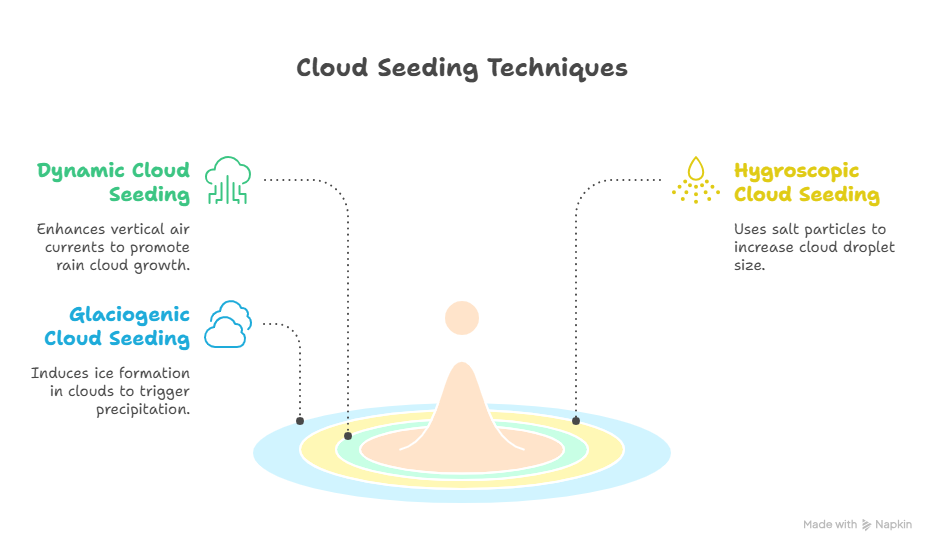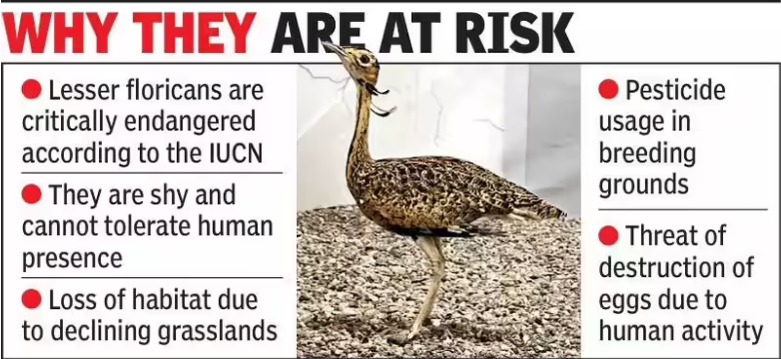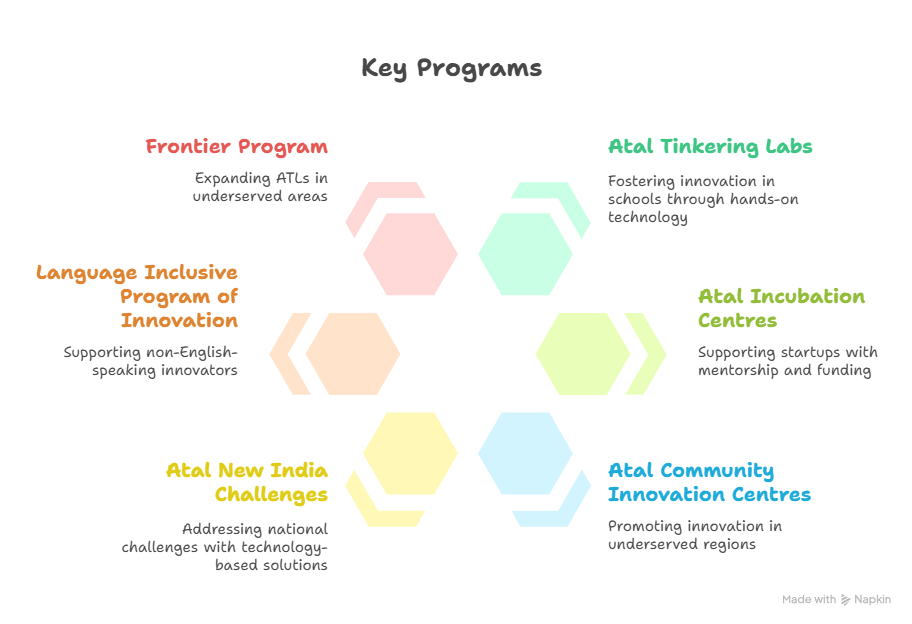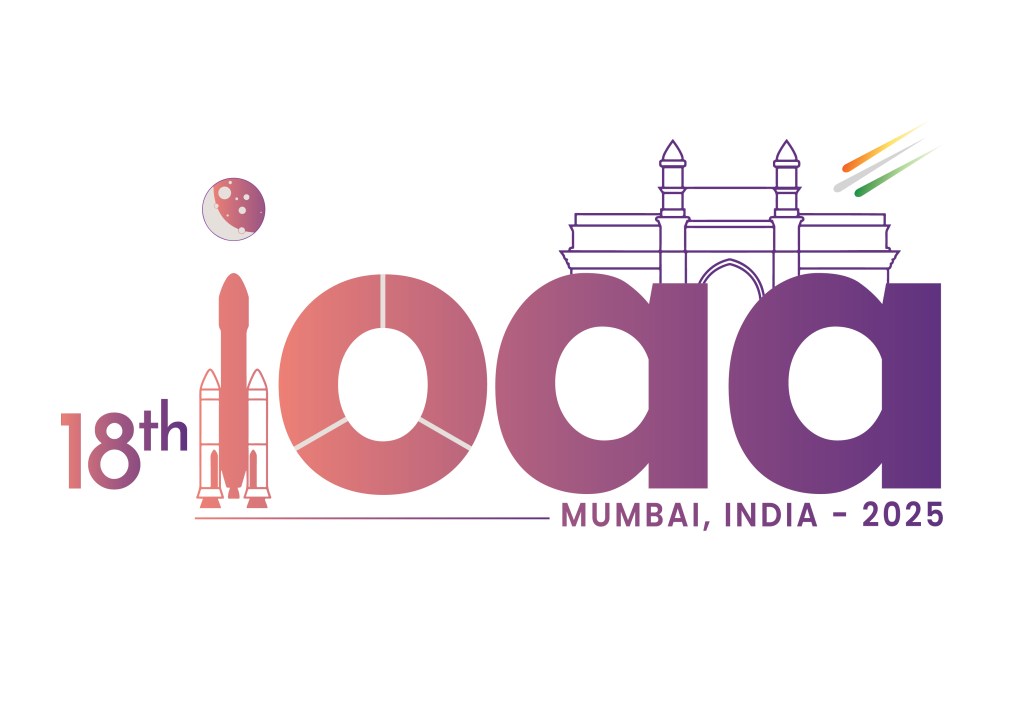Rajasthan Switch to Hindi
Country's First Drone-Based Cloud Seeding Experiment
Why in News?
The state agriculture department of Rajasthan launched the first-ever drone-based cloud seeding experiment to address the water crisis in the region and revive the Ramgarh Lake.
Key Points
- Objective: The experiment aims to trigger rainfall by dispersing specialized chemicals into rain clouds, potentially benefiting agricultural activities in the region.
- This 60-day pilot project aims to promote water droplet formation in clouds to tackle the area's water shortage, as part of a larger, ongoing effort to address regional water scarcity.
- Technology Used: The cloud seeding process is powered by an AI-driven platform called Hydro Trace, which uses real-time data, satellite imaging, and sensor networks to target the right clouds at the right time accurately.
- Approvals: The technology received approvals from multiple bodies, including the Directorate General of Civil Aviation (DGCA), the India Meteorological Department, district authorities, and the agriculture department.
Cloud Seeding
- It is a weather modification technique that enhances precipitation by dispersing chemicals like silver iodide, potassium iodide, or dry ice into clouds, serving as nuclei for water droplet formation, leading to rainfall.
- It can help combat air pollution, especially during periods of high Air Quality Index (AQI) readings.
- Cloud seeding may increase water availability and result in economic, environmental, and human health benefits.
Rajasthan Switch to Hindi
Lesser Florican Conservation Crisis
Why in News?
The unchecked release of stray dogs from Nasirabad and Ajmer into the forested expanse of Arwar Conservation Reserve has emerged as a grave threat to the Lesser Florican.
Key Points
- Decline in Population: The Lesser Florican (Sypheotides indicus), once common in Rajasthan’s monsoon grasslands, has experienced a catastrophic 97% decline.
- In the year 2025, only one male was spotted in the breeding grounds of Ajmer, Kekri, and Shahpura, a sharp decrease from 39 in 2020.
- A landscape survey by the Bombay Natural History Society (BNHS) highlighted the species' dwindling numbers, with the lone male observed near Bandanwara.
Lesser Florican (Sypheotides Indicus)
- It is one of three bustard species endemic to India, the others being the Bengal florican (Critically Endangered) and the Great Indian Bustard (Critically Endangered).
- It is the smallest of the bustard family and is renowned for its spectacular leaping breeding display.
- In the local language, the bird is known as ‘tanmor’ or ‘kharmor’, derived from the root word ‘mor’ for peacock.
- It is mainly observed in Rajasthan, Madhya Pradesh, and Gujarat.
- Conservation status:
- IUCN Status: Critically Endangered
- Wildlife Protection Act,1972: Schedule I
- CITES: Appendix II
Rajasthan Switch to Hindi
HIV-AIDS Awareness on International Youth Day
Why in News?
On International Youth Day (12th Aug 2025), the Rajasthan State AIDS Control Society organized a state-level program in Jaipur, launching an intensified Information, Education, and Communication (IEC) campaign to promote HIV-AIDS awareness among youth across the state.
International Youth Day (IYD)
- Established by: UN General Assembly in 1999
- Initial Proposal: 1991 by young participants at World Youth Forum, Vienna
- Official Resolution: World Conference of Ministers Responsible for Youth, Lisbon (1998)
- First Celebrated: 12th August 2000
- 2025 Theme: "Local Youth Actions for the SDGs and Beyond"
- With over 65% of SDG targets linked to local governance, youth engagement is a necessity.
- Objectives:
- Draw attention to youth issues worldwide
- Promote youth engagement in sustainable development
- Celebrate youth contributions to society.
AIDS
- AIDS is a chronic, life-threatening condition caused by Human Immunodeficiency Virus (HIV), which attacks the immune system, targeting CD4 cells (white blood cells, vital for the immune system).
- It spreads through unprotected sex, infected blood, and sharing needles.
- While there is no cure, antiretroviral therapy (ART) can suppress the virus and help restore CD4 cells.
- The Global AIDS Update 2023 highlights a decline in new infections, aiming to eliminate AIDS by 2030.
- In India, over 2.5 million people live with HIV, with a 44% reduction in new infections since 2010.
National Youth Day
- India celebrates the National Youth Day, on 12th January every year on the occasion of Swami Vivekananda’s birth anniversary.
- Since 1984, the nation has marked the day by urging the youth to live up to the values, principles and beliefs that Vivekananda embraced.
- Swami Vivekananda's born on 12th January 1863, Kolkata.
- Swami Vivekananda is considered one of the great Indian monks who enlightened the Western world about Hinduism.
- As a disciple of Sri Ramakrishna Paramahamsa, he pushed for national integration in colonial India and is credited with reviving Hinduism in the nation.
National Current Affairs Switch to Hindi
106th Birth Anniversary of Dr. Vikram Sarabhai
Why in News?
Dr. Vikram Sarabhai (12th August 1919 - 30th December 1971), widely recognized as the Father of India's Space Programme, was remembered and celebrated on his 106th birth anniversary on 12th August.
Key Points
- Early Life and Education:
- He was born in Ahmedabad, Gujarat, into an affluent Jain family. Sarabhai was one of eight children of Ambalal and Sarla Devi.
- Undergraduate degree in Physics and Mathematics from Cambridge University.
- Pursued a PhD under Nobel laureate C.V. Raman at IISc, Bangalore, with the thesis titled "Time Distribution of Cosmic Rays," published in 1942.
- Institutional Legacy:
- Physical Research Laboratory (PRL), Ahmedabad: Founded in 1947, PRL marked the beginning of Sarabhai’s journey in institution building.
- Indian Institute of Management (IIM), Ahmedabad: Played a pivotal role in its creation.
- Community Science Centre, Ahmedabad: Founded in 1966 to promote science education.
- Darpan Academy for Performing Arts, Ahmedabad: Co-founded with his wife, Mrinalini Swaminathan.
- Vikram Sarabhai Space Centre (VSSC), Thiruvananthapuram: A hub for India’s space missions.
- Contributions to Indian Space and Nuclear Programs:
- Indian Space Research Organisation (ISRO): He founded the ISRO, emphasizing the importance of space technology for societal development.
- Satellite Instructional Television Experiment (SITE): Conceptualized with NASA, SITE beamed educational programs to rural areas, laying the foundation for programs like Doordarshan’s Krishi Darshan.
- Aryabhata Satellite: Initiated the fabrication of India’s first satellite, Aryabhata, launched in 1975 from a Russian cosmodrome.
- Atomic Energy Commission: Took over as chairman after Homi Bhabha’s death, advancing nuclear science.
- Awards and Honors:
- Awards:
- Shanti Swarup Bhatnagar Award (1962)
- Padma Bhushan (1966)
- Padma Vibhushan (posthumously, 1972)
- Distinguished Positions:
- President, Physics Section, Indian Science Congress (1962)
- President, General Conference of the IAEA, Vienna (1970)
- Vice-President, Fourth UN Conference on Peaceful Uses of Atomic Energy (1971)
- Title: Mahatma Gandhi of Indian Science (By former President APJ Abdul Kalam).
- Legacy:
- Vikram Sarabhai Space Centre (VSSC) was named in his honor.
- A lunar crater, “Sarabhai Crater,” was named after him.
- Awards:
National Current Affairs Switch to Hindi
Mega Tinkering Day 2025
Why in News?
In a first-of-its-kind nationwide innovation movement, the Atal Innovation Mission (AIM), NITI Aayog, hosted Mega Tinkering Day 2025, marking a significant milestone in India's innovation landscape.
Key Points
- About: The nationwide event brought together over 10,000 Atal Tinkering Labs (ATLs) across all 35 states and Union Territories of India.
- The event witnessed 4,73,350 students from 9,467 ATL-equipped schools participating in a hands-on challenge to design and build a do-it-yourself (DIY) vacuum cleaner using everyday materials from their labs.
- Event Format:
- Virtual & Simultaneous: The event was held virtually and simultaneously in schools across India, with regional participation across North (Leh, Ladakh, Kargil, Kashmir), South (Kanniyakumari), West (Bhuj, Kutch), East (Manipur, Mizoram, Arunachal Pradesh), and Aspirational Districts (Virudhunagar).
- Collaborative Learning: The online format enabled students to collaborate in real-time, despite geographical distances.
Atal Innovation Mission
- About: Launched by NITI Aayog in 2016, AIM promotes innovation and entrepreneurship by fostering a problem-solving mindset in students and strengthening the entrepreneurial ecosystem in universities and research institutions.
- AIM 2.0 aims to scale and pilot new initiatives to expand and strengthen India's innovation and entrepreneurship ecosystem, building on the success of AIM.
National Current Affairs Switch to Hindi
18th International Olympiad on Astronomy and Astrophysics
Why in News?
The 18th International Olympiad on Astronomy and Astrophysics (IOAA) is being held at Mumbai, India, from 11th to 21st August 2025.
- This is the second time that India is hosting the IOAA, after the 2016 edition in Bhubaneswar.
Key Points
- About: The IOAA is an annual competition for secondary school students (Classes 10 to 12), featuring a rigorous selection process to qualify for the international level.
- The IOAA was conceived in 2006 to address the increasing global interest in astronomy among high school students, with its first edition held in Chiang Mai, Thailand, in 2007.
- Organiser: The event is organised by the Homi Bhabha Centre for Science Education (HBCSE), an autonomous institution under the umbrella of the Department of Atomic Energy.
- It is also supported by the Government of India through its Department of Atomic Energy (DAE) via the Vigyan Pratibha Project of HBCSE.
- Theme of the Olympiad: The theme for this year's event is ‘Vasudaiva Kutumbakam’, reflecting the ancient Indian idea that “the world is one family under the one sky”.
- Logo: The IOAA 2025 logo features the Gateway of India, a GSLV rocket representing India’s lunar mission, a spider symbolizing telescopes in the letter “O”, tri-coloured comets above the Gateway, and a colour scheme inspired by the Milky Way galaxy.
- Participants: The Olympiad has attracted over 300 high school students from 64 countries. During the event, students participate in several challenging exams covering theoretical, observational, and data analysis aspects of astronomy.
Homi Bhabha Centre for Science Education (HBCSE)
- HBCSE is a National Centre of the Tata Institute of Fundamental Research, which is a Deemed University in Mumbai.
- HBCSE is the nodal centre of Olympiad programmes in mathematics, physics, astronomy, chemistry, and biology.
- Another important programme of HBCSE is the National Initiative on Undergraduate Science (NIUS), concerning tertiary science education in India.
Astronomy
- Astronomy is the science that studies celestial objects such as stars, planets, comets, galaxies, and the universe as a whole.
Astrophysics
- Astrophysics is a branch of astronomy that uses the principles and laws of physics (such as gravity, thermodynamics), to understand and explain the physical processes that govern how celestial objects behave, form, and evolve.

.gif)

.png)
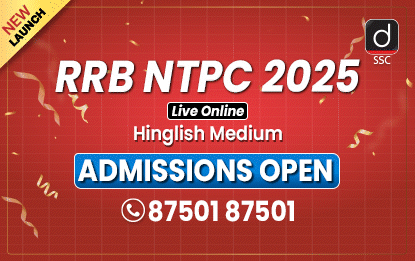




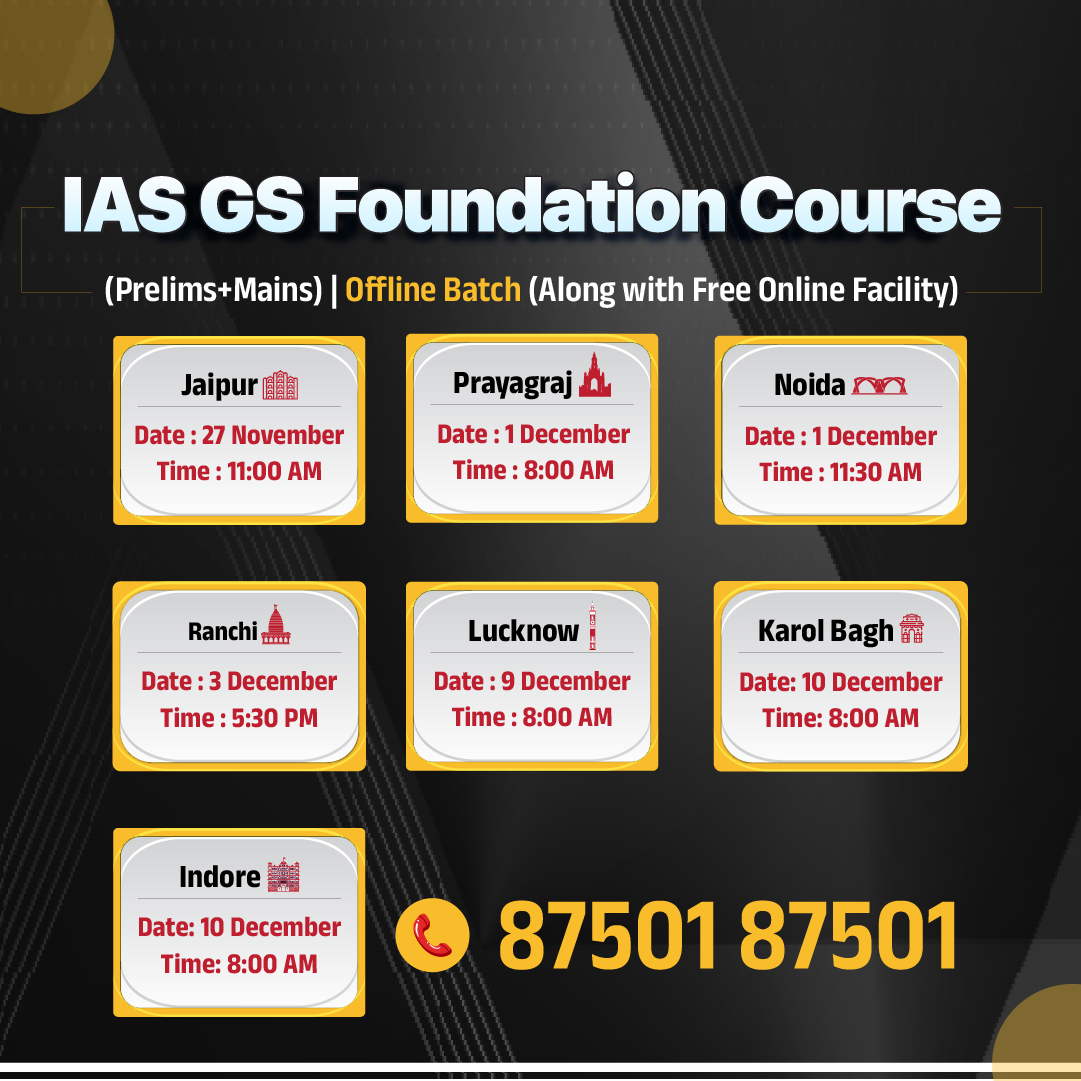

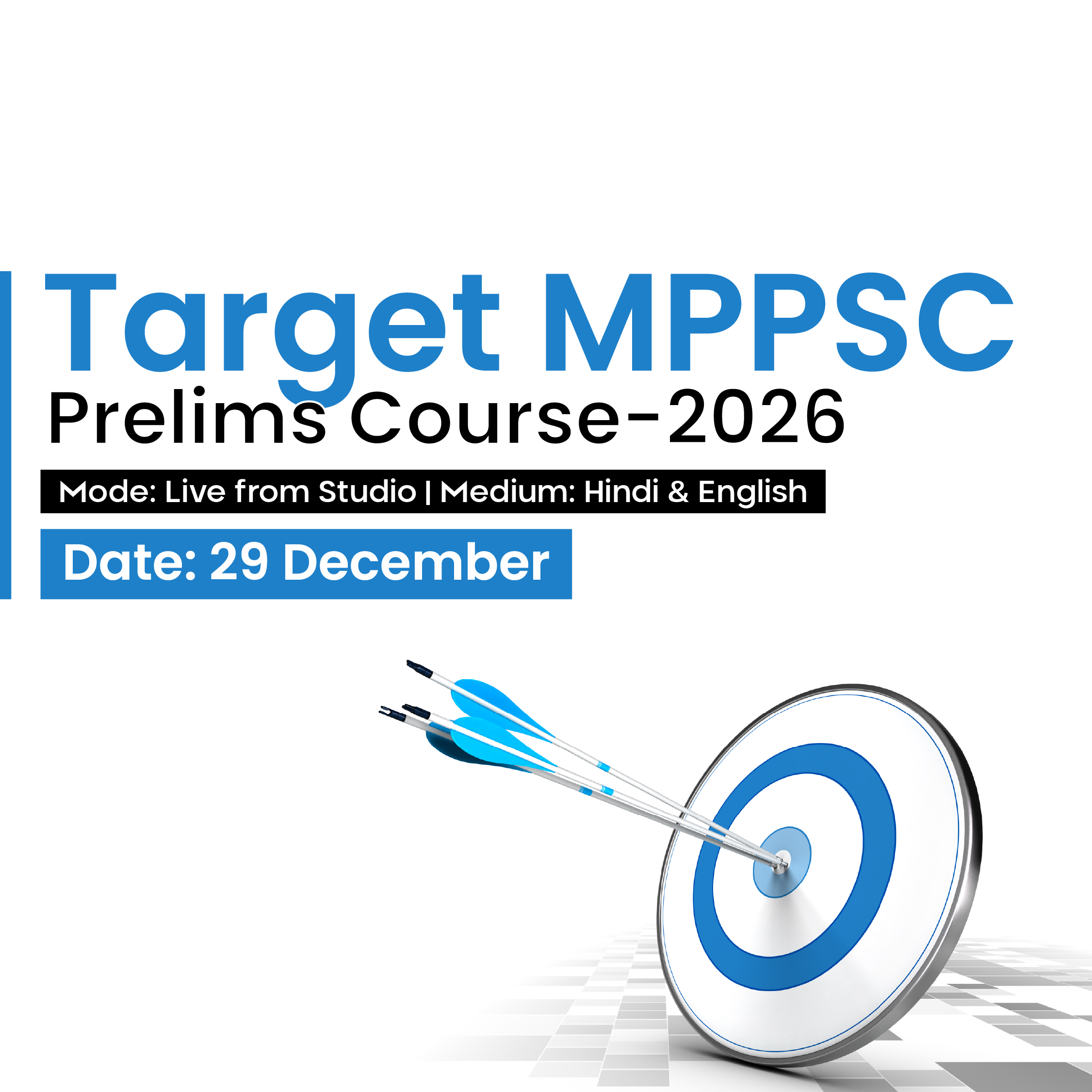

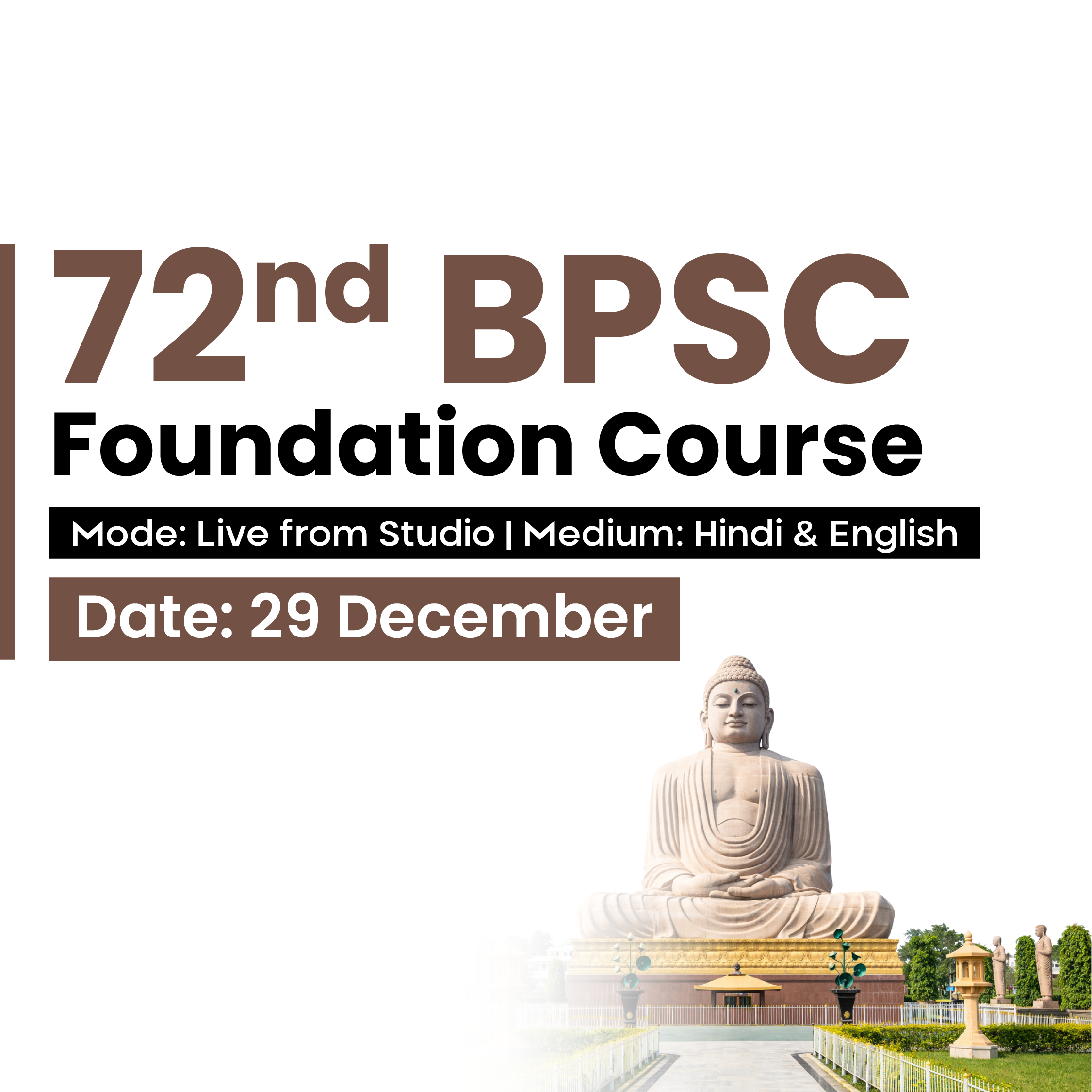

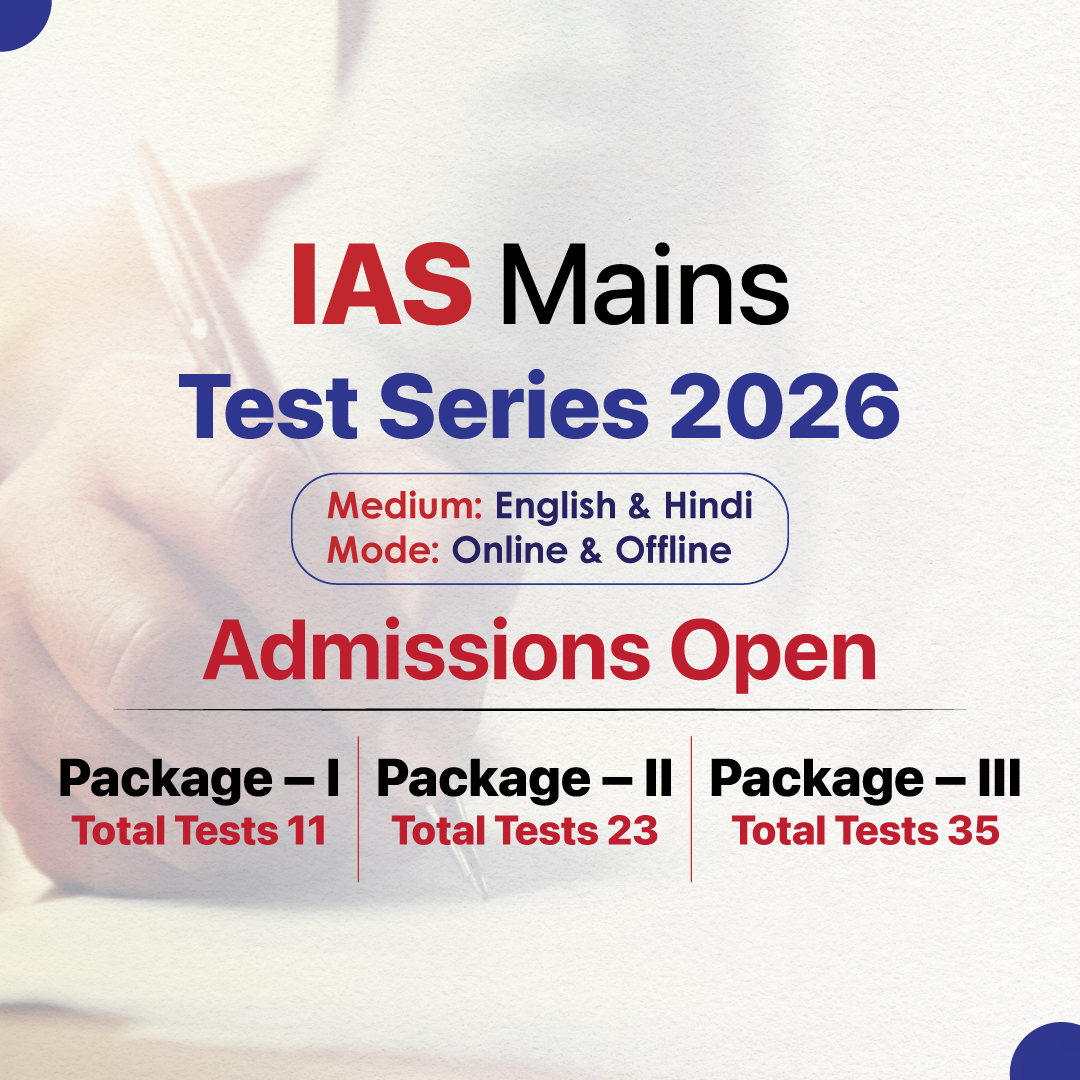

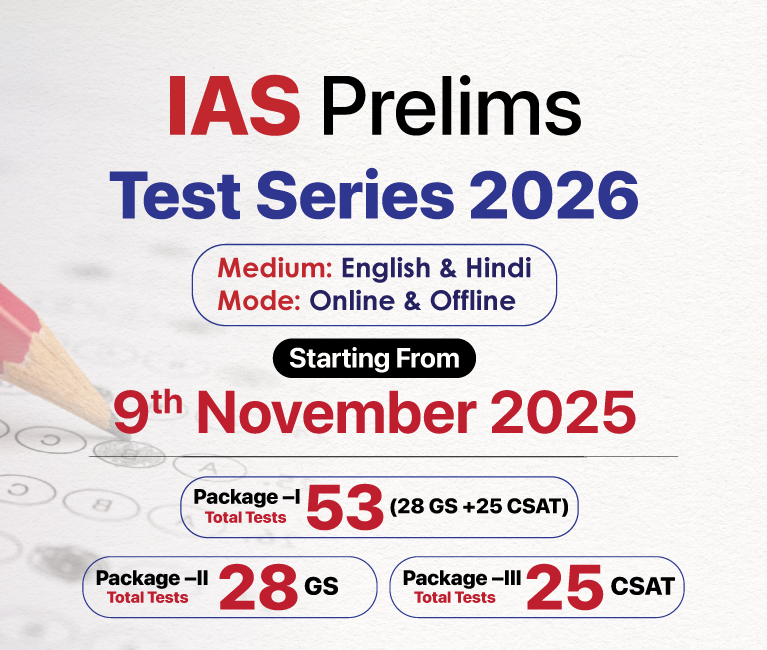

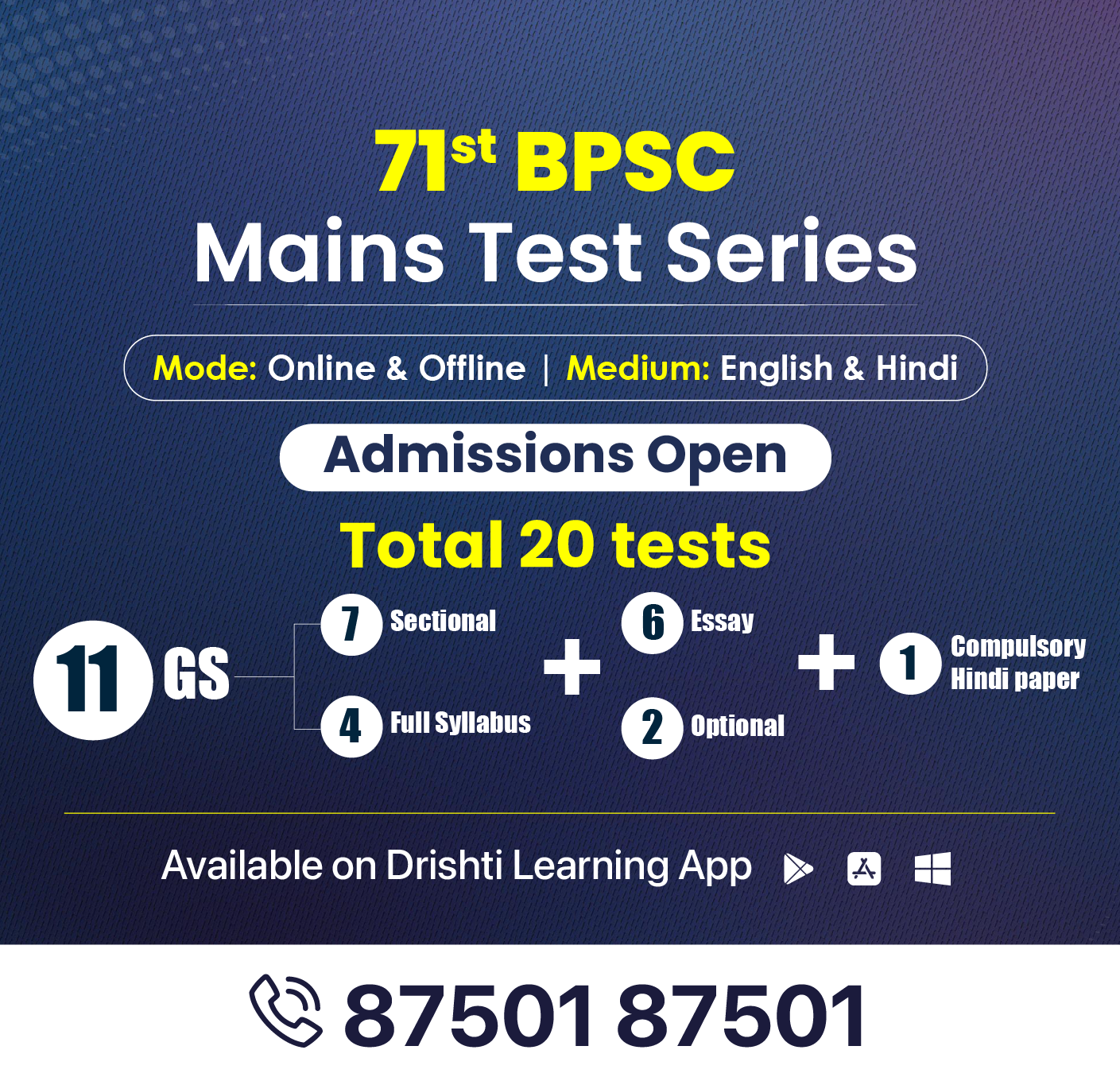
.png)
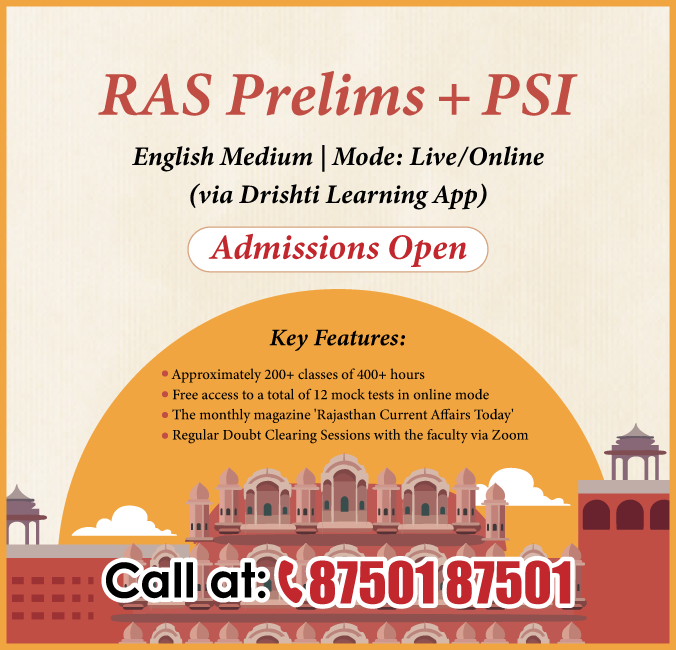

.jpg)

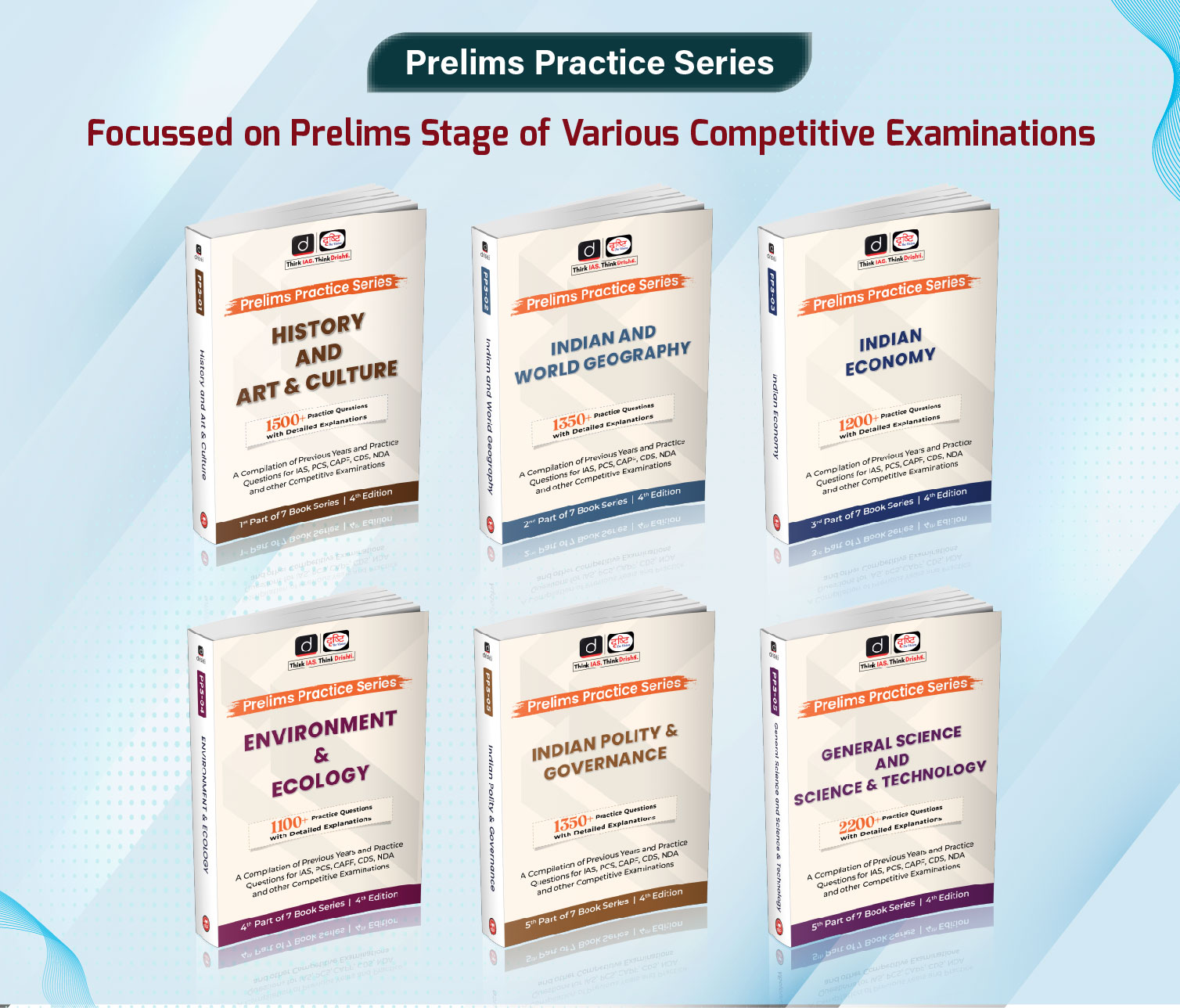

 PCS Parikshan
PCS Parikshan